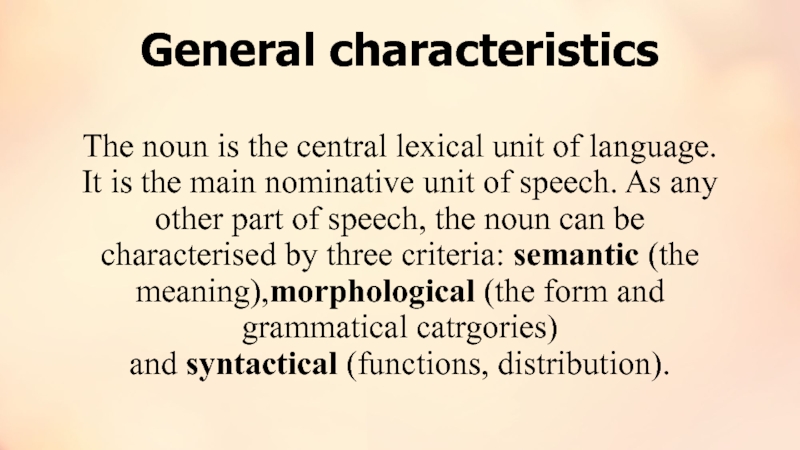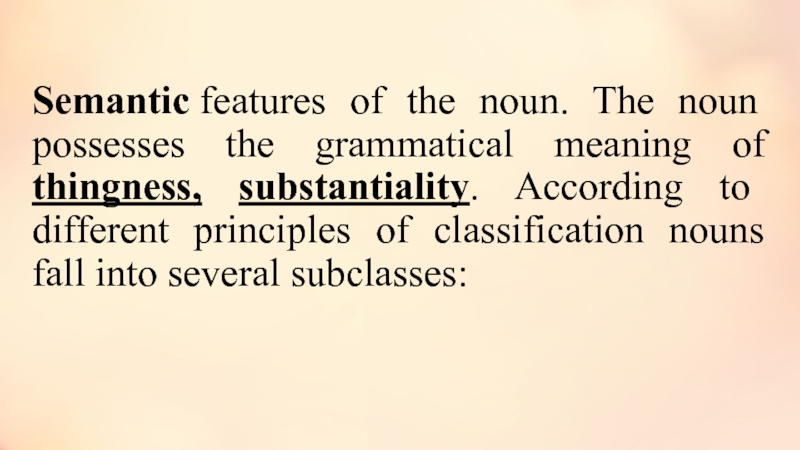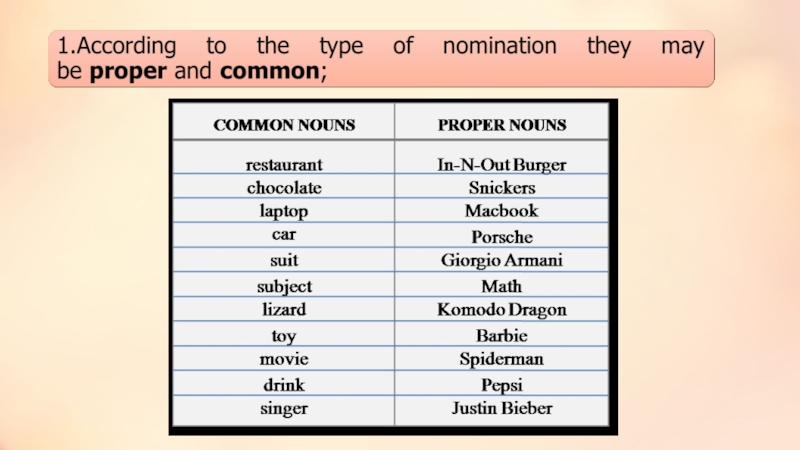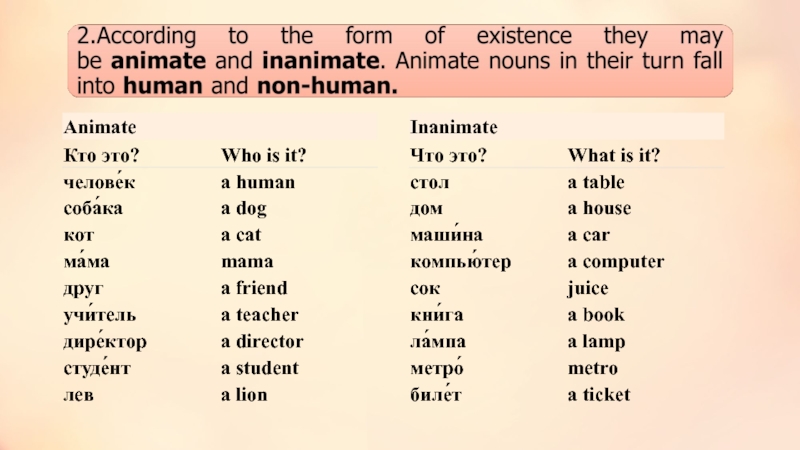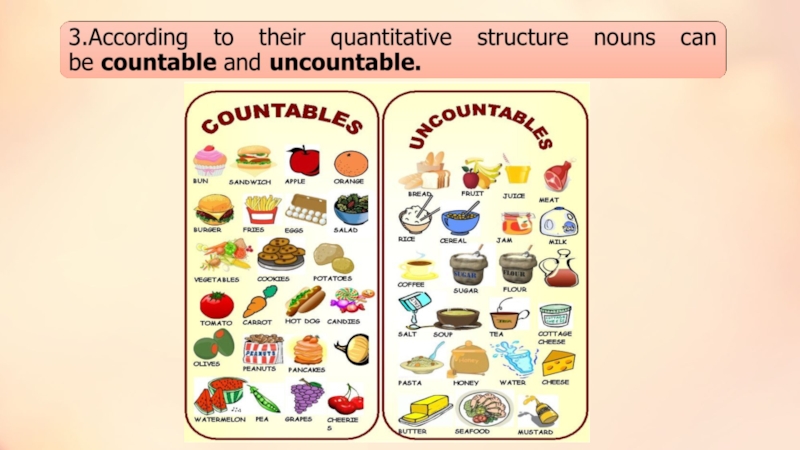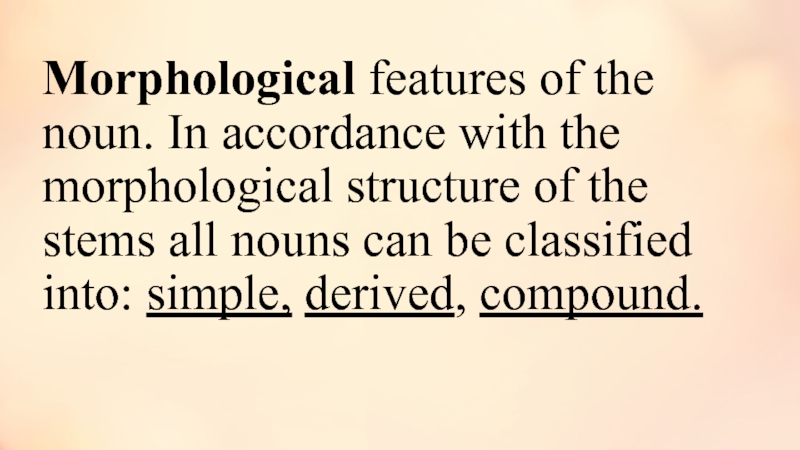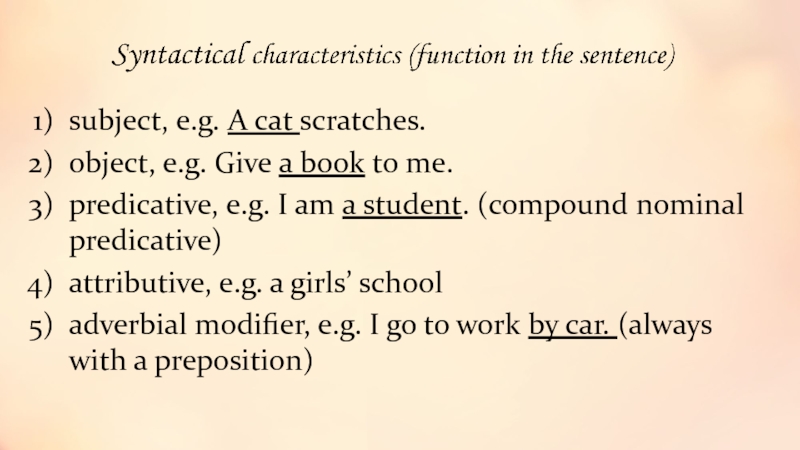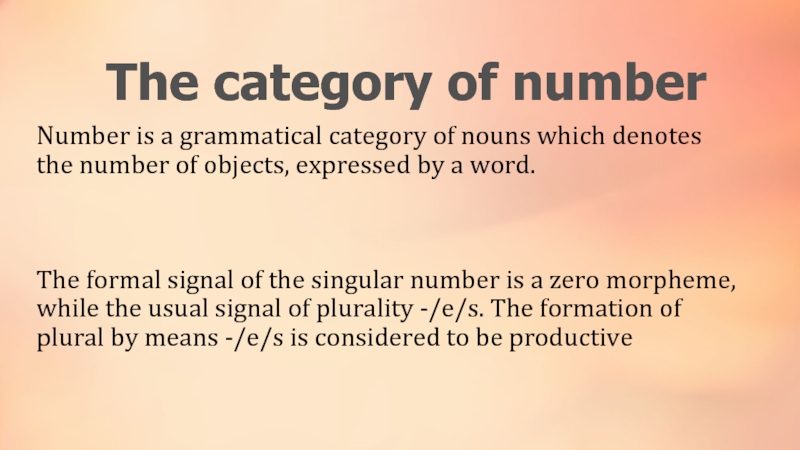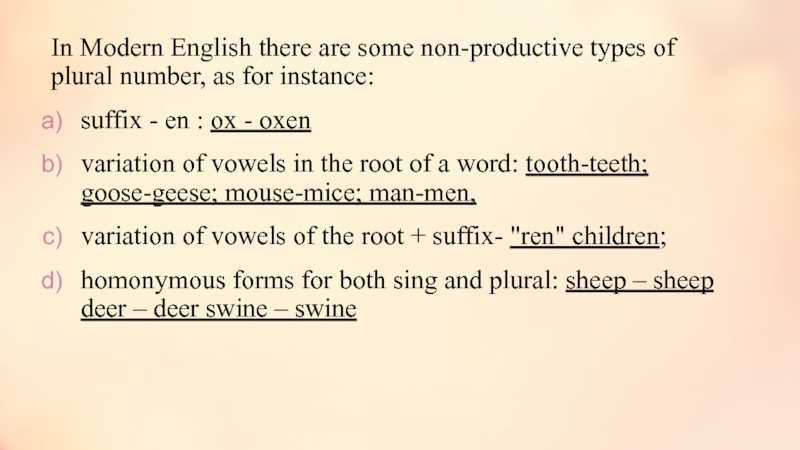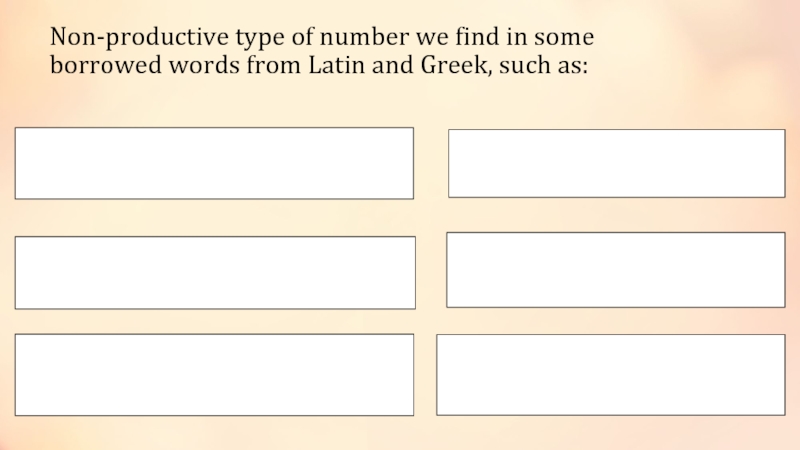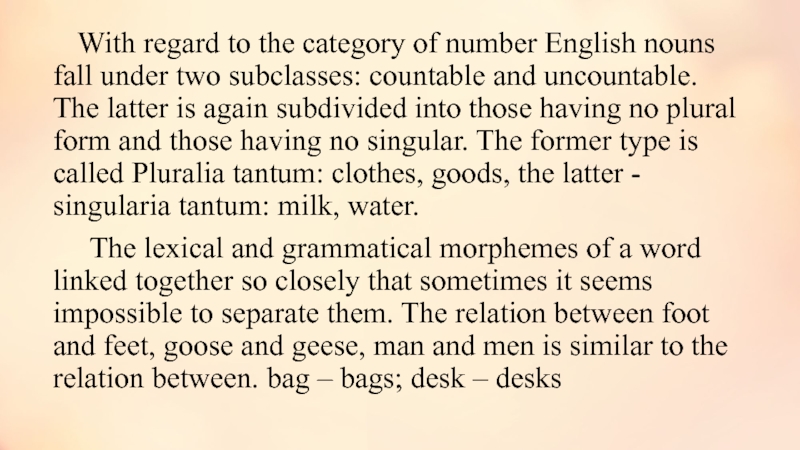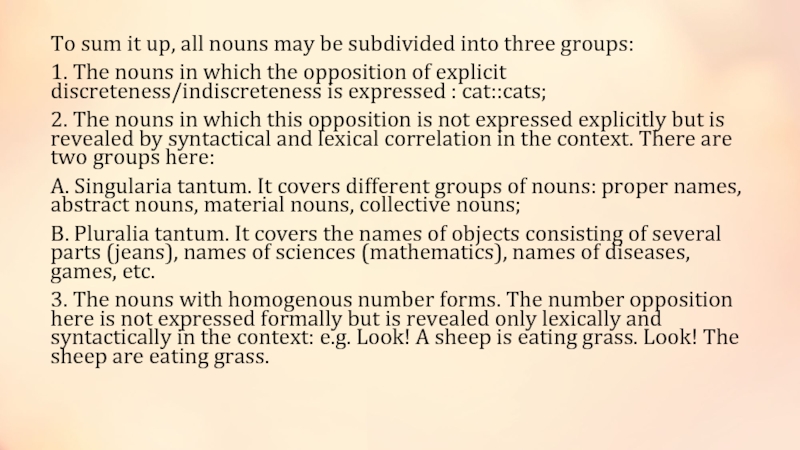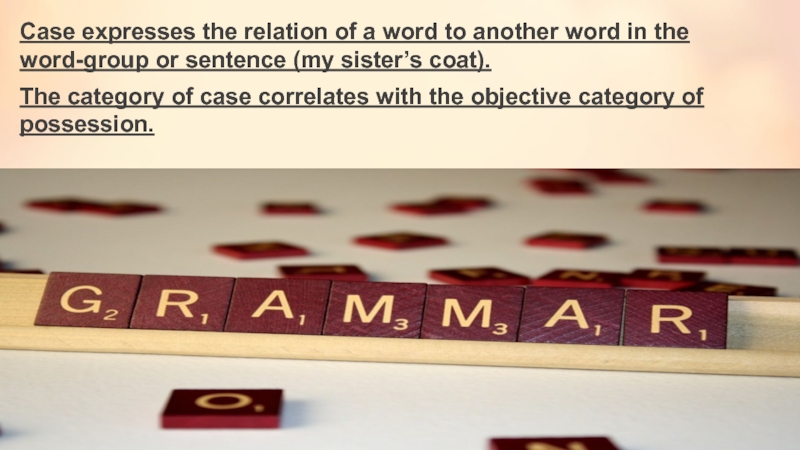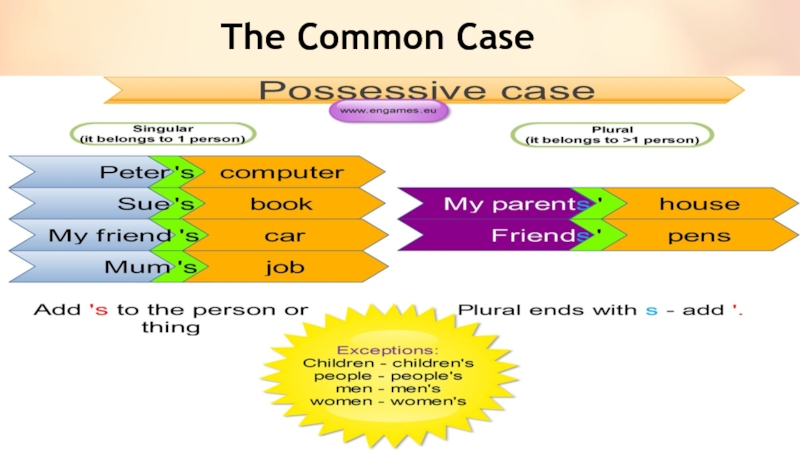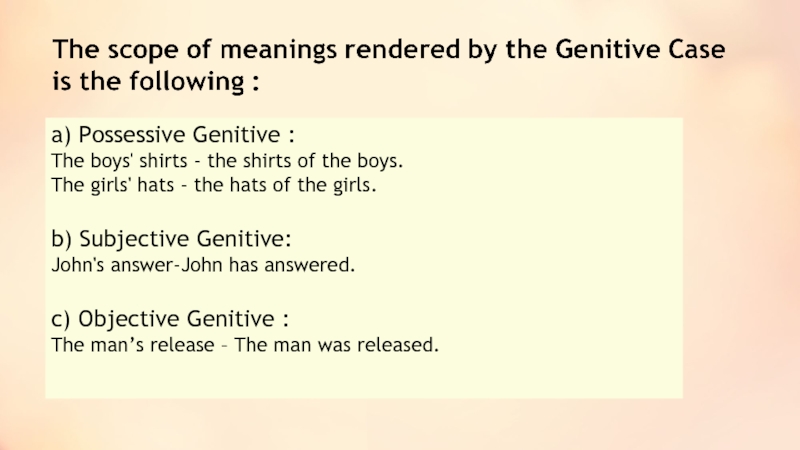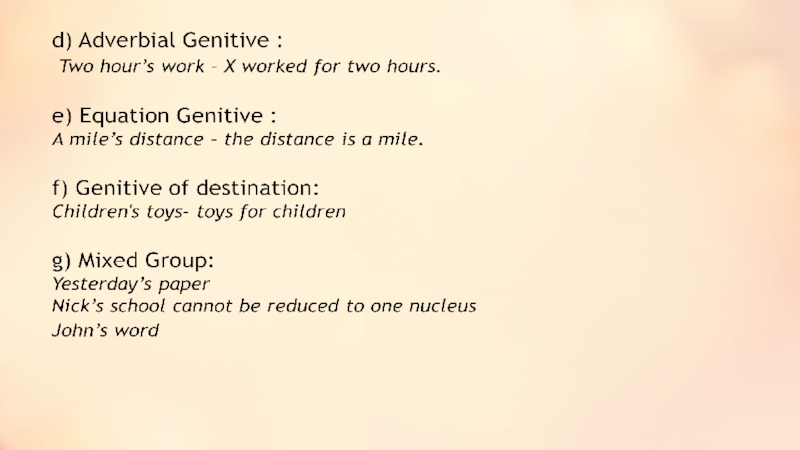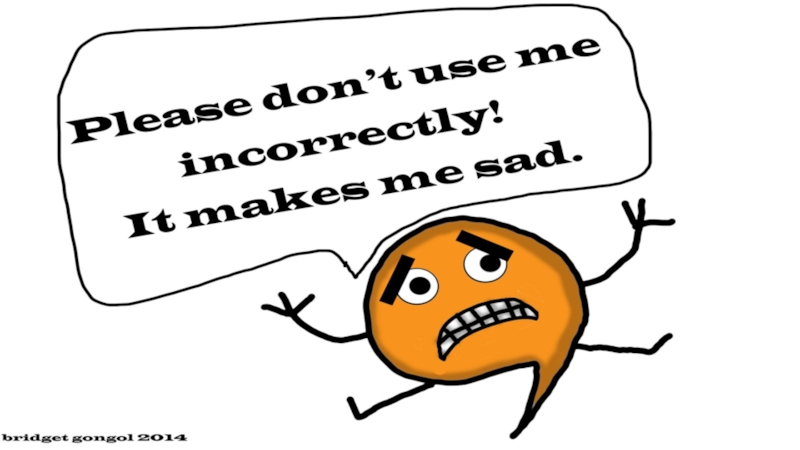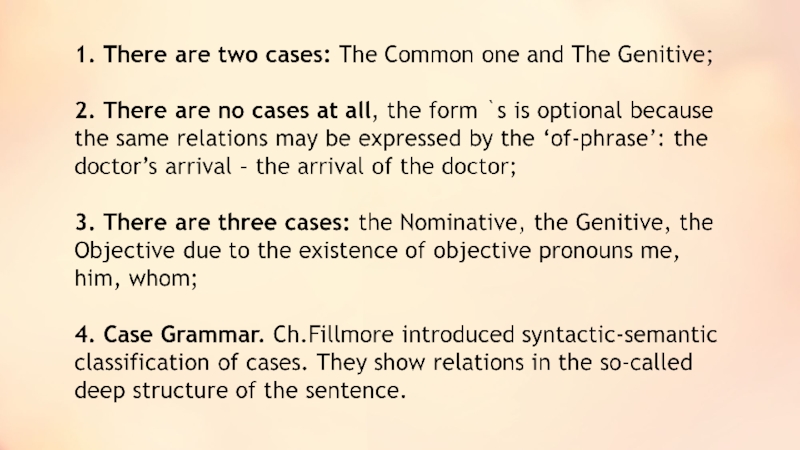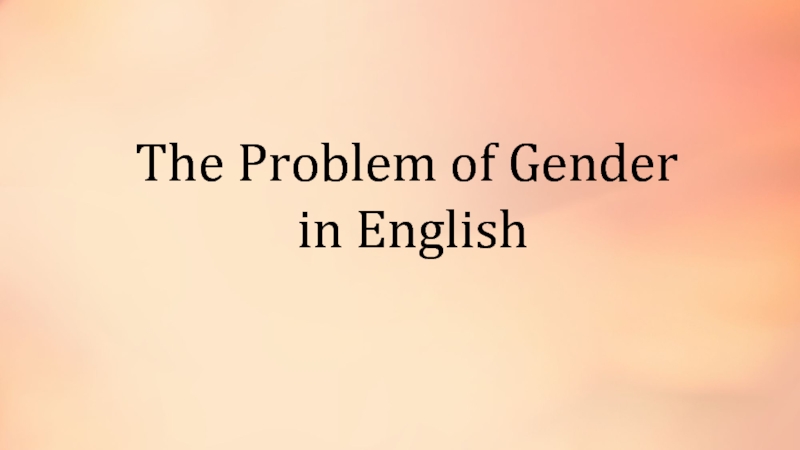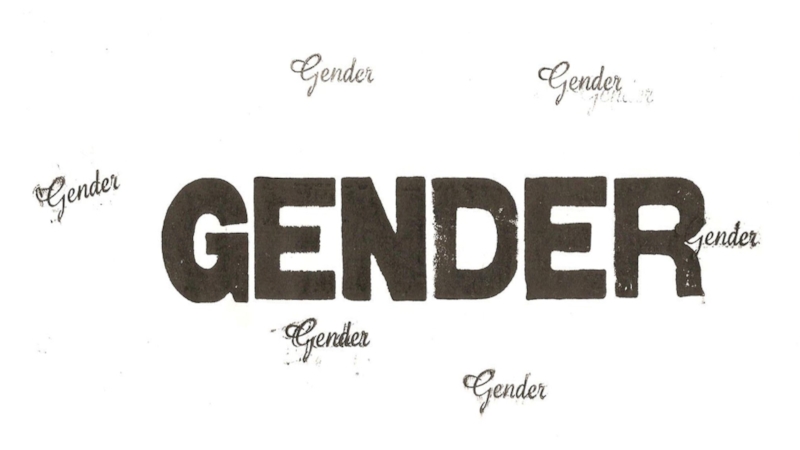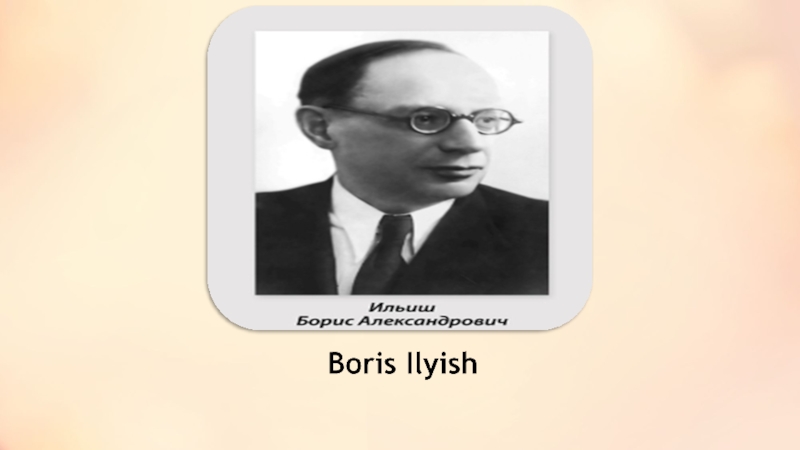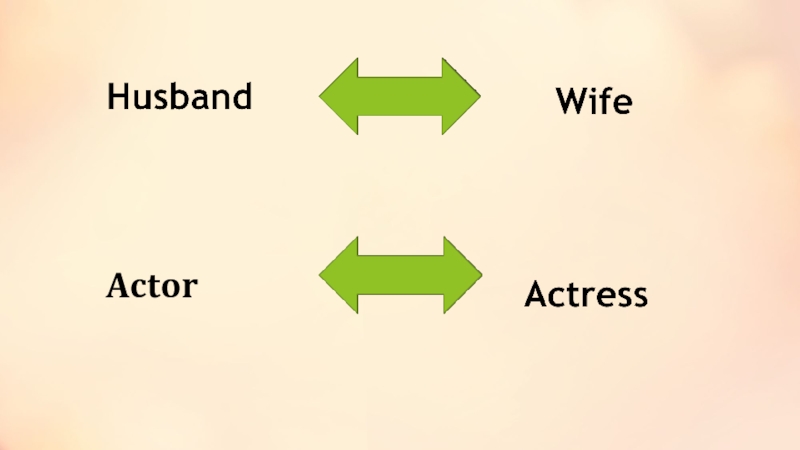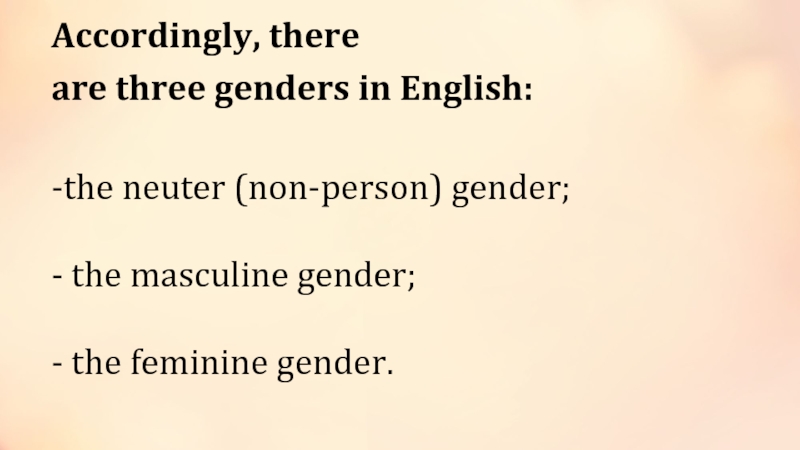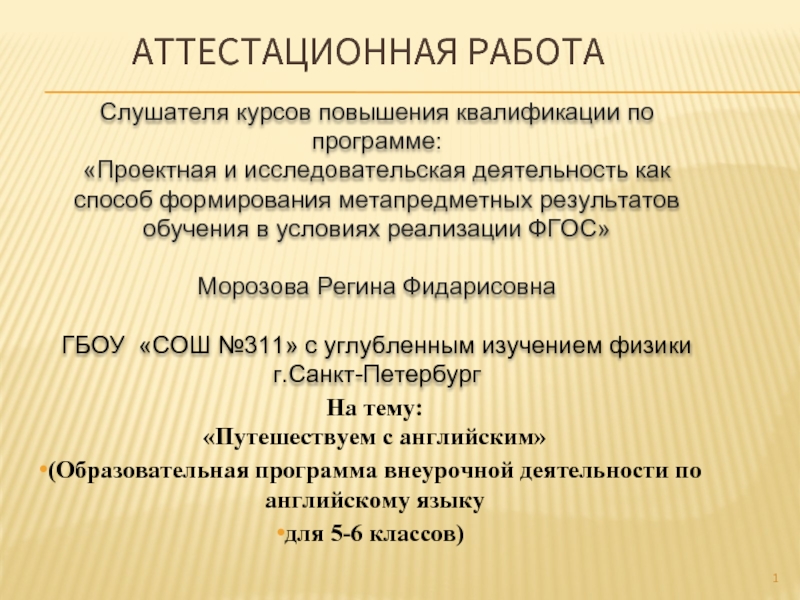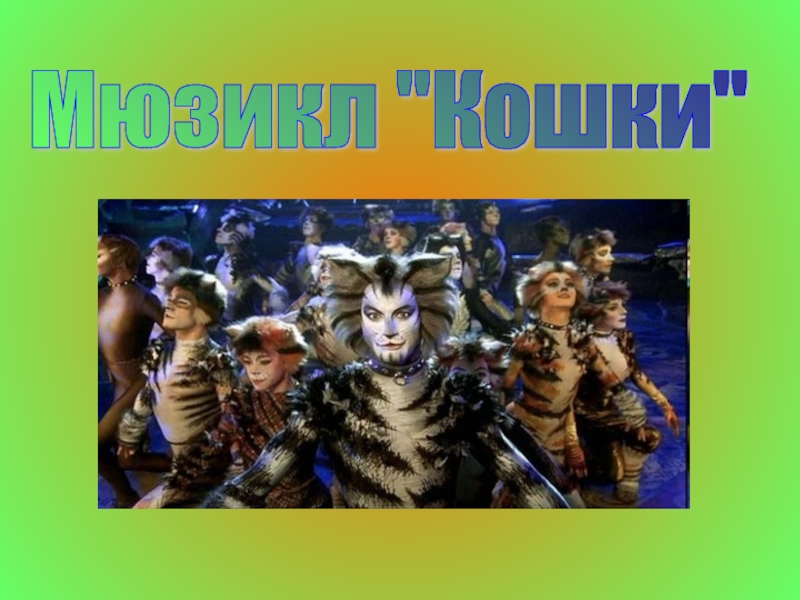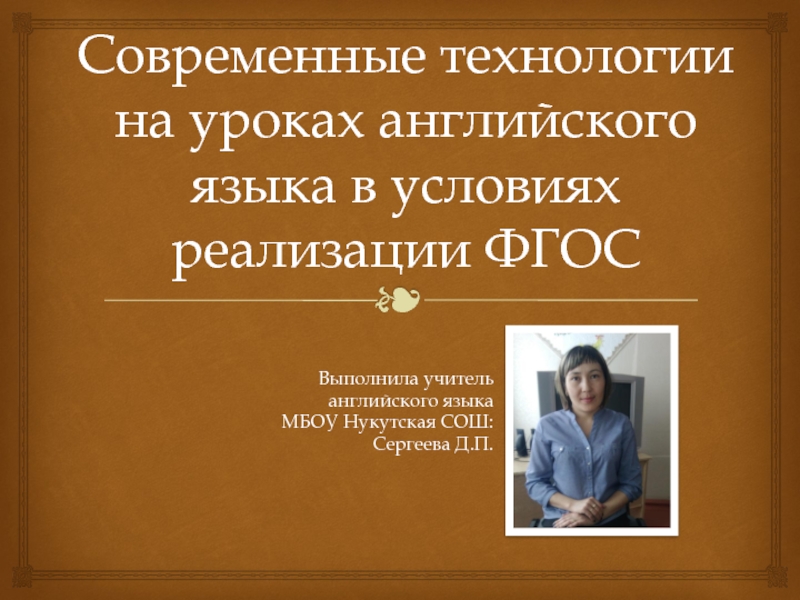- Главная
- Разное
- Дизайн
- Бизнес и предпринимательство
- Аналитика
- Образование
- Развлечения
- Красота и здоровье
- Финансы
- Государство
- Путешествия
- Спорт
- Недвижимость
- Армия
- Графика
- Культурология
- Еда и кулинария
- Лингвистика
- Английский язык
- Астрономия
- Алгебра
- Биология
- География
- Детские презентации
- Информатика
- История
- Литература
- Маркетинг
- Математика
- Медицина
- Менеджмент
- Музыка
- МХК
- Немецкий язык
- ОБЖ
- Обществознание
- Окружающий мир
- Педагогика
- Русский язык
- Технология
- Физика
- Философия
- Химия
- Шаблоны, картинки для презентаций
- Экология
- Экономика
- Юриспруденция
The noun презентация
Содержание
- 1. The noun
- 2. General characteristics The noun is the central
- 3. Semantic features of the noun. The noun possesses
- 7. Morphological features of the noun. In accordance with
- 8. simple (without affixes), e.g. map, room, world
- 9. Syntactic features of the noun. The noun can
- 10. subject, e.g. A cat scratches. object, e.g.
- 11. The category of number Number is a
- 12. In Modern English there are some non-productive
- 13. Non-productive type of number we find in
- 14. With regard to the
- 15. To sum it up, all nouns may
- 16. The category of case
- 17. Case expresses the relation of a word
- 18. The Common Case
- 19. a) Possessive Genitive : The boys'
- 23. 1) Agentive Case (A) Marry closed
- 24. The Problem of Gender in English
- 27. Actor
- 29. Accordingly, there are three genders in English:
- 30. Thank you for your attention!
Слайд 2General characteristics
The noun is the central lexical unit of language. It
is the main nominative unit of speech. As any other part of speech, the noun can be characterised by three criteria: semantic (the meaning),morphological (the form and grammatical catrgories) and syntactical (functions, distribution).
Слайд 3Semantic features of the noun. The noun possesses the grammatical meaning of
thingness, substantiality. According to different principles of classification nouns fall into several subclasses:
Слайд 7Morphological features of the noun. In accordance with the morphological structure of
the stems all nouns can be classified into: simple, derived, compound.
Слайд 8simple (without affixes), e.g. map, room, world – It is only
stems
derivative nouns (affixes), e.g. reader, childhood
compound, built from two stems: affixes
noun + noun = snowball, apple-tree
adjective + noun = bluebell, blackbird
verb + noun = pickpocket
derivative nouns (affixes), e.g. reader, childhood
compound, built from two stems: affixes
noun + noun = snowball, apple-tree
adjective + noun = bluebell, blackbird
verb + noun = pickpocket
Слайд 9Syntactic features of the noun. The noun can be used un the
sentence in all syntactic functions but predicate. Speaking about noun combinability, we can say that it can go into right-hand and left-hand connections with practically all parts of speech. That is why practically all parts of speech but the verb can act as noun determiners.
Слайд 10subject, e.g. A cat scratches.
object, e.g. Give a book to me.
predicative,
e.g. I am a student. (compound nominal predicative)
attributive, e.g. a girls’ school
adverbial modifier, e.g. I go to work by car. (always with a preposition)
attributive, e.g. a girls’ school
adverbial modifier, e.g. I go to work by car. (always with a preposition)
Слайд 11The category of number
Number is a grammatical category of nouns which
denotes the number of objects, expressed by a word.
The formal signal of the singular number is a zero morpheme, while the usual signal of plurality -/e/s. The formation of plural by means -/e/s is considered to be productive
The formal signal of the singular number is a zero morpheme, while the usual signal of plurality -/e/s. The formation of plural by means -/e/s is considered to be productive
Слайд 12In Modern English there are some non-productive types of plural number,
as for instance:
suffix - en : ox - oxen
variation of vowels in the root of a word: tooth-teeth; goose-geese; mouse-mice; man-men,
variation of vowels of the root + suffix- "ren" children;
homonymous forms for both sing and plural: sheep – sheep deer – deer swine – swine
suffix - en : ox - oxen
variation of vowels in the root of a word: tooth-teeth; goose-geese; mouse-mice; man-men,
variation of vowels of the root + suffix- "ren" children;
homonymous forms for both sing and plural: sheep – sheep deer – deer swine – swine
Слайд 14 With regard to the category of number English
nouns fall under two subclasses: countable and uncountable. The latter is again subdivided into those having no plural form and those having no singular. The former type is called Pluralia tantum: clothes, goods, the latter - singularia tantum: milk, water.
The lexical and grammatical morphemes of a word linked together so closely that sometimes it seems impossible to separate them. The relation between foot and feet, goose and geese, man and men is similar to the relation between. bag – bags; desk – desks
The lexical and grammatical morphemes of a word linked together so closely that sometimes it seems impossible to separate them. The relation between foot and feet, goose and geese, man and men is similar to the relation between. bag – bags; desk – desks
Слайд 15To sum it up, all nouns may be subdivided into three
groups:
1. The nouns in which the opposition of explicit discreteness/indiscreteness is expressed : cat::cats;
2. The nouns in which this opposition is not expressed explicitly but is revealed by syntactical and lexical correlation in the context. There are two groups here:
A. Singularia tantum. It covers different groups of nouns: proper names, abstract nouns, material nouns, collective nouns;
B. Pluralia tantum. It covers the names of objects consisting of several parts (jeans), names of sciences (mathematics), names of diseases, games, etc.
3. The nouns with homogenous number forms. The number opposition here is not expressed formally but is revealed only lexically and syntactically in the context: e.g. Look! A sheep is eating grass. Look! The sheep are eating grass.
1. The nouns in which the opposition of explicit discreteness/indiscreteness is expressed : cat::cats;
2. The nouns in which this opposition is not expressed explicitly but is revealed by syntactical and lexical correlation in the context. There are two groups here:
A. Singularia tantum. It covers different groups of nouns: proper names, abstract nouns, material nouns, collective nouns;
B. Pluralia tantum. It covers the names of objects consisting of several parts (jeans), names of sciences (mathematics), names of diseases, games, etc.
3. The nouns with homogenous number forms. The number opposition here is not expressed formally but is revealed only lexically and syntactically in the context: e.g. Look! A sheep is eating grass. Look! The sheep are eating grass.
Слайд 17Case expresses the relation of a word to another word in
the word-group or sentence (my sister’s coat).
The category of case correlates with the objective category of possession.
The category of case correlates with the objective category of possession.
Слайд 19a) Possessive Genitive :
The boys' shirts - the shirts of
the boys.
The girls' hats - the hats of the girls.
b) Subjective Genitive:
John's answer-John has answered.
c) Objective Genitive :
The man’s release – The man was released.
The girls' hats - the hats of the girls.
b) Subjective Genitive:
John's answer-John has answered.
c) Objective Genitive :
The man’s release – The man was released.
Слайд 231) Agentive Case (A)
Marry closed the door.
2) Instrumental case (I)
The key opened the door; John used the key to open the door;
3) Dative Case (D)
John believed that he would win.
(the case of the animate being affected by the state of action identified by the verb);
4) Factitive Case (F)
The key was damaged ( the result of the action or state identified by the verb);
5) Locative Case (L)
He is at home.
6) Objective case (O)
Please send him immediately.
Слайд 29Accordingly, there
are three genders in English:
-the neuter (non-person) gender;
- the
masculine gender;
- the feminine gender.
- the feminine gender.

